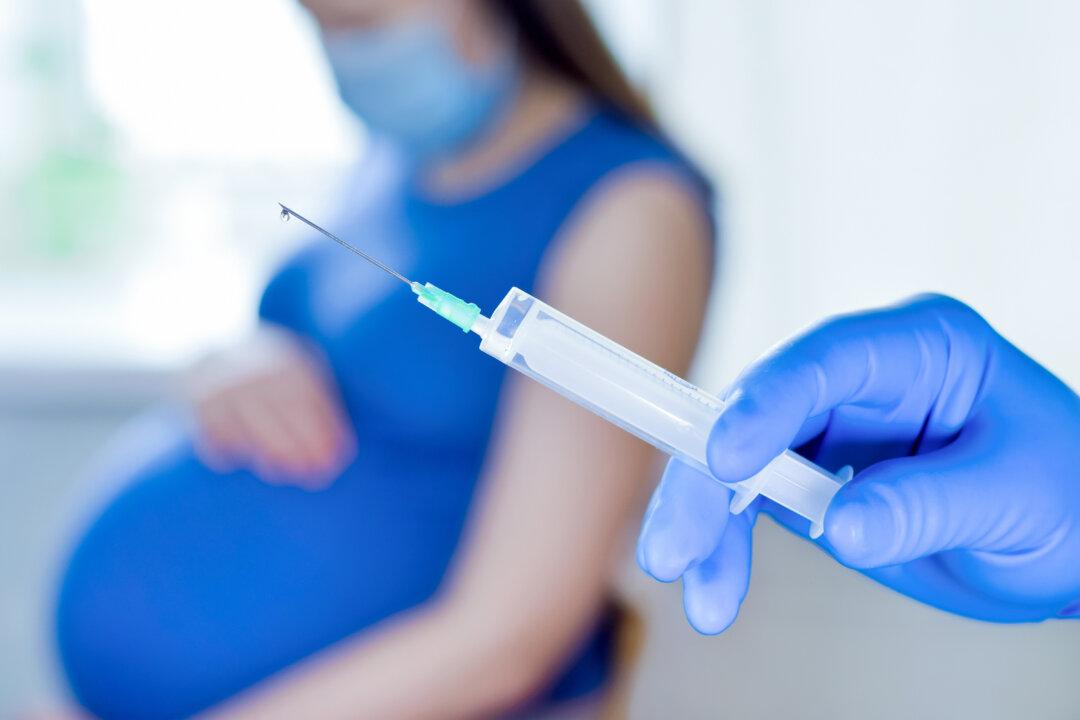Nicole Johnson, a mom of two and a lawyer, started noticing that her son was having some developmental delays when he was about 12 months old. Johnson, who lives near Athens, Georgia, had had a healthy pregnancy and an uneventful delivery. So at first, she wasn’t too worried. But when she realized that James stared at his hands for unusually long periods of time and stopped saying the words he once knew, she grew increasingly concerned. By the time James was 3 years old, he was diagnosed with autism and a developmental pediatrician told Johnson that James would benefit from both speech and occupational therapy.
Johnson was baffled. No one on either side of the family had ever been diagnosed with autism. So she and her husband, a medical professional, began to research the potential environmental factors that might have contributed to their son’s condition. She spoke to friends and colleagues, read peer-reviewed scientific articles, and poured over books written for both medical experts and laypeople.






